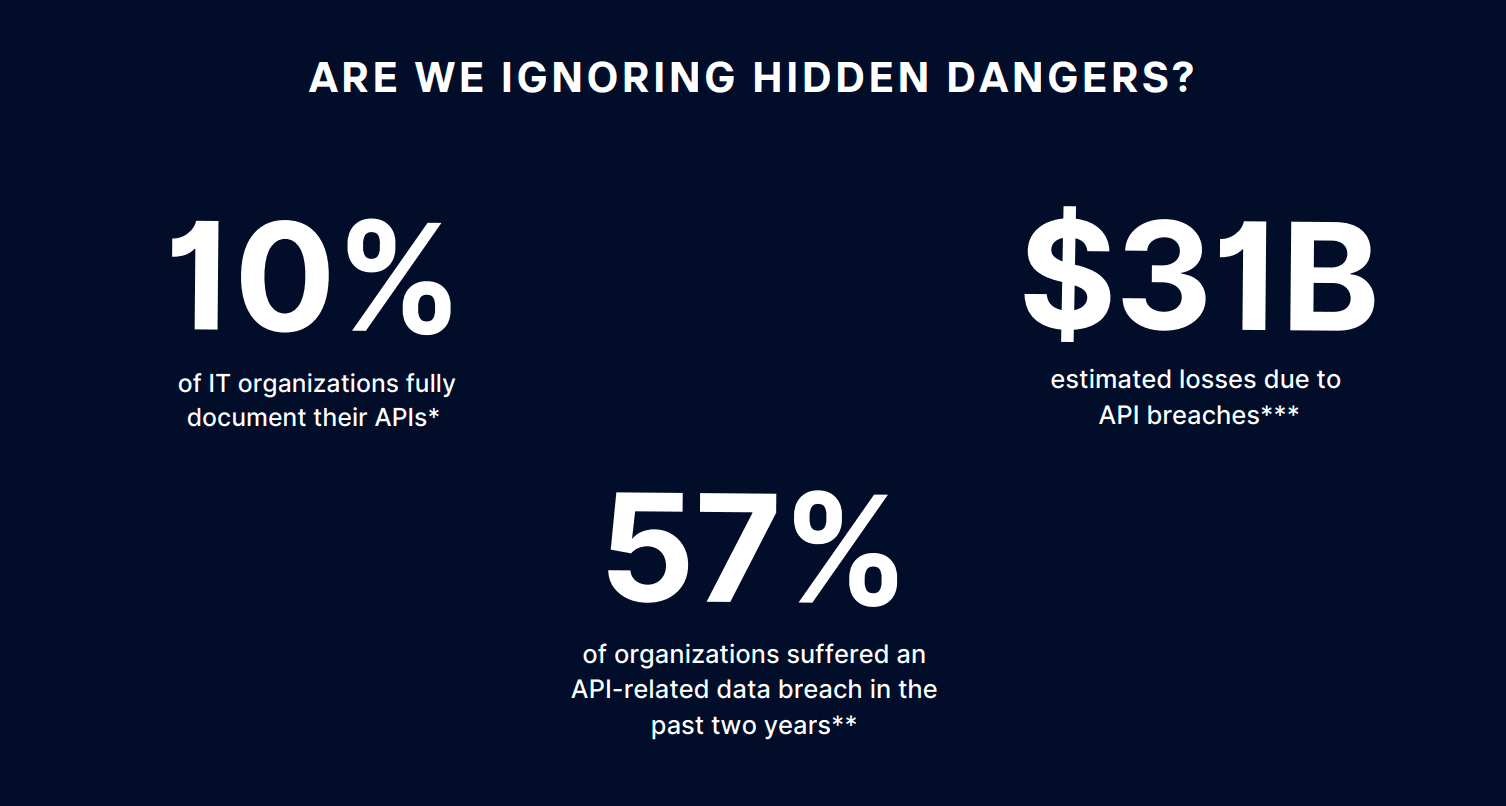Fortune 1000’s Hidden Threat: 30,000 Exposed APIs and 100,000 API Vulnerabilities Unveiled

The State of API Exposure 2024 report from the Escape team has unveiled a staggering number of exposed and vulnerable APIs within some of the world’s largest organizations. This comprehensive analysis sheds light on the critical security lapses plaguing Fortune 1000 companies, with implications that stretch across industries from finance to healthcare.
The report analyzed domains from Fortune 1000 and CAC 40 companies, uncovering 30,784 exposed APIs and identifying over 100,000 vulnerabilities. Among these, 1,834 were deemed highly critical, many tied to broken authentication and misconfigurations. “Scaling API security is a fundamental challenge,” noted Tristan Kalos, CEO of Escape. “As organizations deploy more APIs to meet digital demands, their security processes are falling behind.”
Exposed APIs, including 3,945 development APIs, often lack adequate protections. These APIs are vulnerable entry points, exposing sensitive configurations and creating a perfect storm for attackers. The report found that six organizations had over 100 development APIs exposed, with five belonging to the Fortune 1000.
Alarmingly, 1,816 sensitive secrets, such as API keys, authentication tokens, and database credentials, were discovered and exposed. Such data is a goldmine for attackers, providing direct access to critical systems and potentially leading to unauthorized exploitation.
The vulnerabilities span various industries, with financial services, insurance, and healthcare being the most impacted. Key risks include:
- Broken Authentication: With 381 instances of API2:2023 vulnerabilities, attackers can exploit authentication flaws to gain unauthorized access.
- Security Misconfigurations: API8:2023 issues were rampant, with 746 instances recorded, often leaving critical endpoints exposed
The findings also align with high-risk CVEs like CVE-2024-5535 and CVE-2021-3711, underscoring the persistent challenge of addressing known vulnerabilities in API environments.
Real-world breaches highlighted in the report amplify the need for urgent action. For example:
- Trello: In January 2024, a misconfigured API exposed over 15 million user records.
- Dell: A breach in May 2024 saw 49 million customer records compromised due to an unsecured API endpoint.
- Twilio’s Authy Service: A vulnerability allowed attackers to access authentication data, putting millions at risk
The report emphasizes the necessity of proactive measures:
- Audit All APIs: Focus on shadow and legacy APIs, ensuring endpoints are documented and monitored.
- Enhance Security for Development APIs: Treat them with production-level standards to reduce exposure risks.
- Implement API Discovery Tools: Continuous scanning and monitoring are essential to identify vulnerabilities in real-time
The State of API Exposure 2024 makes one thing clear: as APIs proliferate, so do the risks. Organizations must pivot from reactive to proactive strategies, integrating automated discovery and security measures to protect their expanding API ecosystems.
Related Posts:
- Over 2,771,673 online account credentials linked to employees of Fortune 500 companies leaked online
- ManageEngine apps exist critical flaws, over half of Fortune 500 companies were affected
- Financial Fallout: CrowdStrike Downtime Leaves $5.4 Billion Hole in Fortune 500
- Facebook closes some APIs to protect user information





